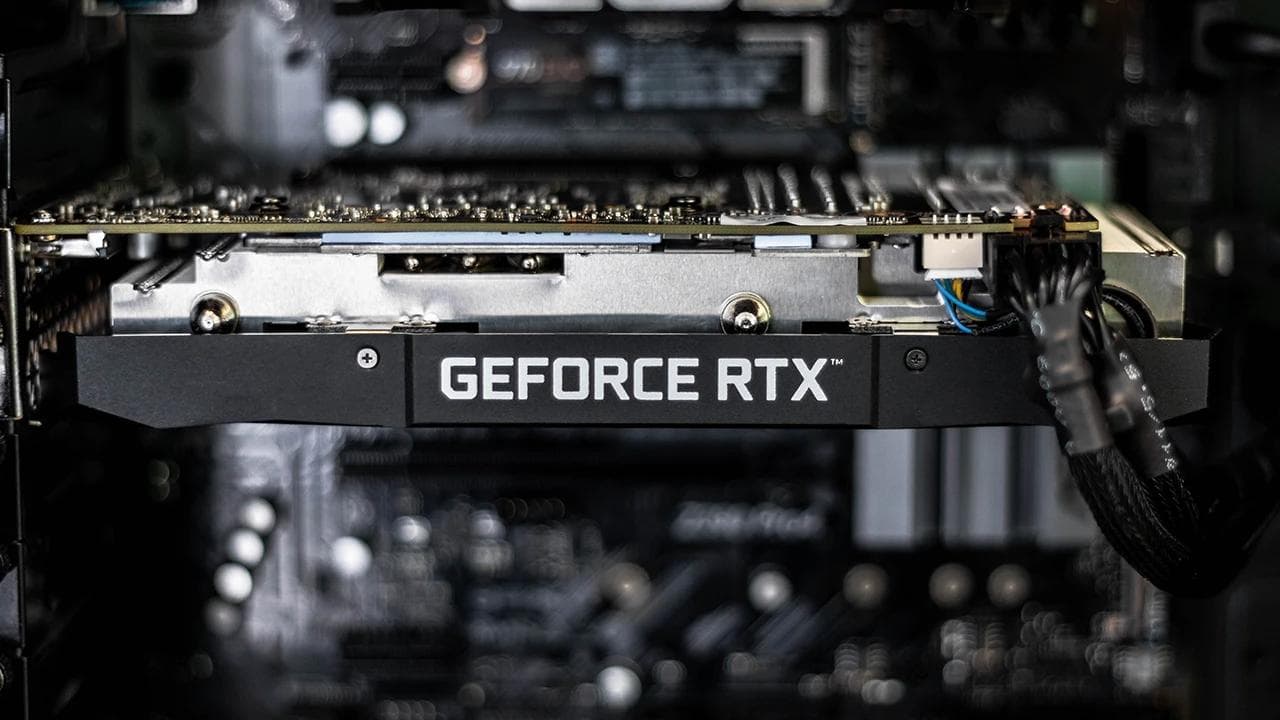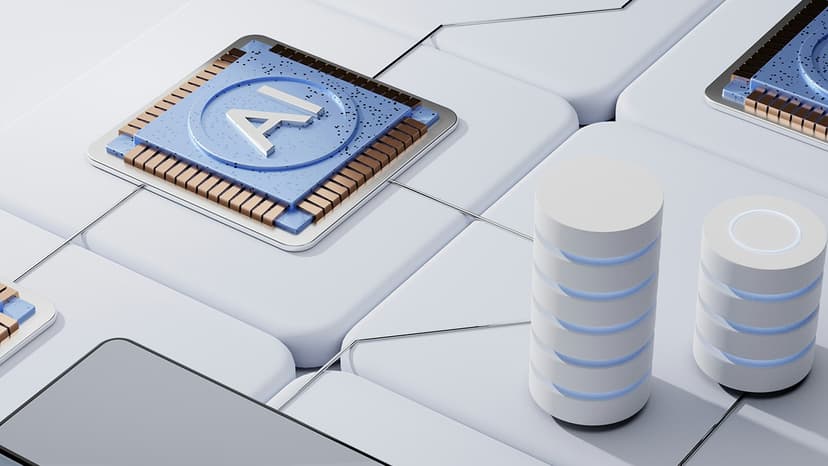Why GPU Is Essential in AI Training: The Power Behind AI's Evolution
A Graphics Processing Unit (GPU) is a specialized electronic circuit designed to manipulate memory quickly. This technology, initially created to enhance video and image rendering, is now vital in advancing artificial intelligence (AI). The evolution of GPUs has transformed them from simple graphic accelerators into powerful tools for AI training and complex computations.
GPUs first appeared in the 1980s to help personal computers render graphics effectively. They started as basic accelerators for tasks like bitmap manipulation and video decoding. The turning point arrived with Nvidia's GeForce 256 in 1999, recognized as the first true GPU. It performed various calculations related to 3D graphics, offloading these tasks from the CPU. Over time, the evolution of GPUs led to increases in processing power and versatility. Modern GPUs are equipped to handle a range of tasks beyond graphics. Their parallel processing capabilities make them ideal for complex computations in scientific research, cryptocurrency mining, and especially AI.
GPUs vs. CPUs: A Comparison of Computational Approaches
What distinguishes Graphics Processing Units (GPUs) from Central Processing Units (CPUs)? Each functions differently, with unique strengths.
CPUs: The Versatile Generalists
CPUs are designed for multitasking. They manage everything from basic operating system functions to complex applications like web browsing. A CPU tackles tasks sequentially, which is effective for general purposes but slower for large jobs, such as training AI models.
GPUs: The Parallel Processing Powerhouses
GPUs function like specialized workers in an assembly line, completing small parts of a job simultaneously. Originally intended for gaming and graphics, GPUs require rapid, repetitive calculations. They have numerous smaller cores that work in parallel. This makes them perfect for AI and neural network training, which revolve around operations involving multiple numbers.
GPUs process many instructions at once, while CPUs handle them one at a time. This parallel processing ability gives GPUs an advantage in AI training and other calculation-heavy operations.
The Critical Role of GPUs in Accelerating AI Training
What role do GPUs play in AI training? They are essential for processing large datasets and performing complex mathematical operations needed by deep learning algorithms. GPUs can perform thousands of simple calculations simultaneously, significantly reducing the time needed for data processing and model training. In contrast, CPUs process tasks one at a time, resulting in longer processing durations.
Parallel Processing: The Heart of GPU Efficiency
Consider working on a large jigsaw puzzle. If you were alone, like a CPU, it would take a long time. But with a team, where each person represents a GPU core, progress would be much faster. This scenario illustrates AI training, where GPUs excel in parallel processing.
GPUs can simultaneously perform many smaller calculations. Deep learning algorithms can break tasks into smaller parts. For example, when analyzing an image, a GPU can evaluate multiple pixels at once, greatly speeding up the processing.
Dramatic Time Reduction in AI Training
The efficiency of GPUs means a significant reduction in AI training times. Training complex neural networks involves adjusting millions of parameters. This process can take weeks or months on a CPU, while GPUs can reduce this to days or even hours, depending on task complexity and GPU capability.
GPU manufacturers recognize their importance in AI and are continually improving their products for AI tasks. Modern GPUs offer increased memory bandwidth and come with specialized software libraries optimized for deep learning, enhancing their ability to manage AI tasks effectively.
The Growing Significance of GPUs in AI's Future
What does the future hold for GPUs in AI? As AI and deep learning technologies grow more complex, the need for effective computational power will increase. GPUs, with their unmatched parallel processing capabilities, lead this development. Emerging technologies like Tensor Processing Units (TPUs) and Field-Programmable Gate Arrays (FPGAs) present new opportunities, but GPUs remain the preferred choice for many professionals due to their established efficiency and ongoing advancements designed for AI.
GPUs are an indispensable part of AI training due to their unparalleled parallel processing ability. Their architecture, built for simultaneous task management, outperforms CPUs in this field. As AI evolves, GPUs will continue to drive advancements, enhancing the speed and efficiency of AI model training and contributing significantly to ongoing progress in this area.
(Edited on September 4, 2024)












